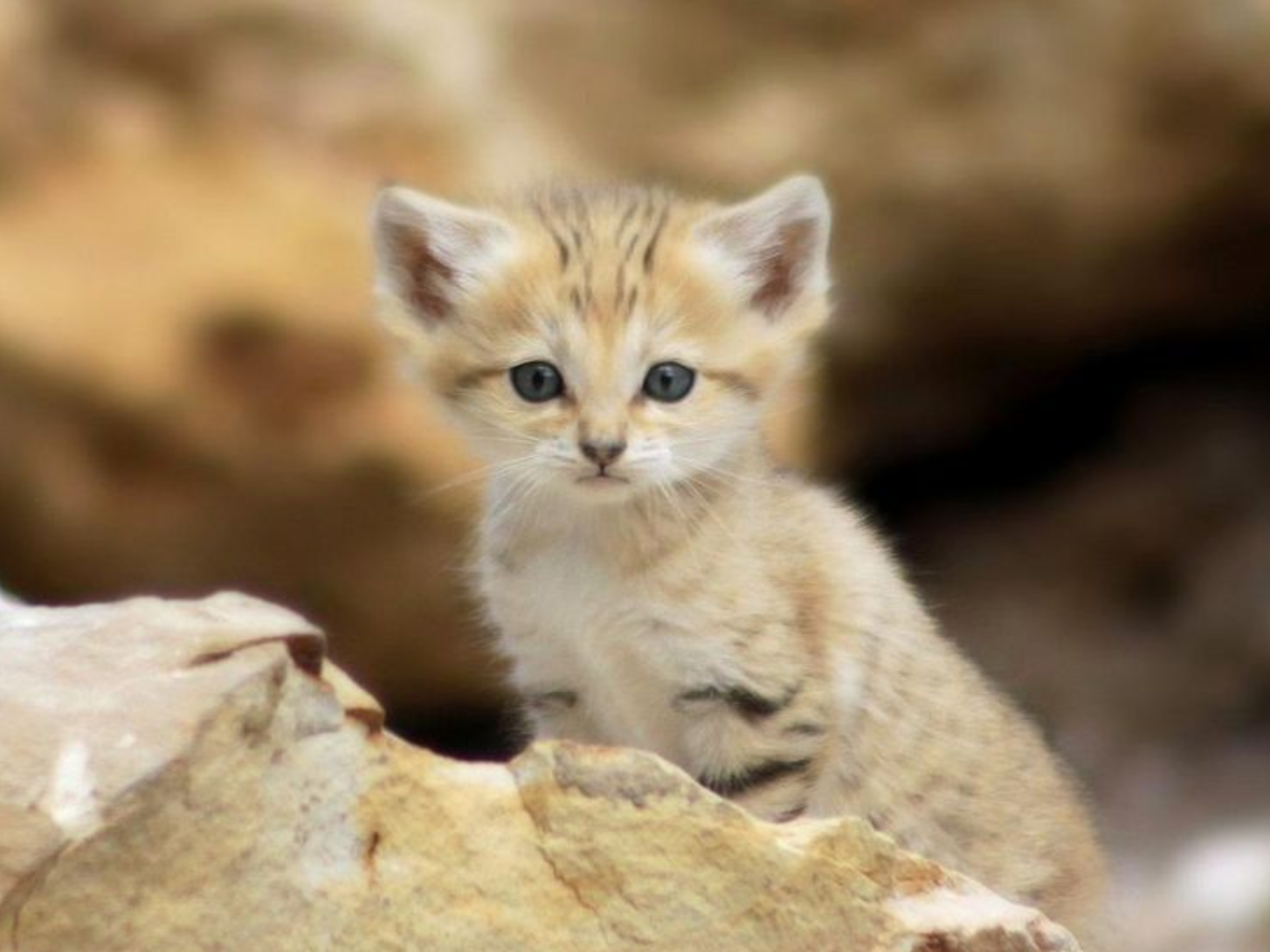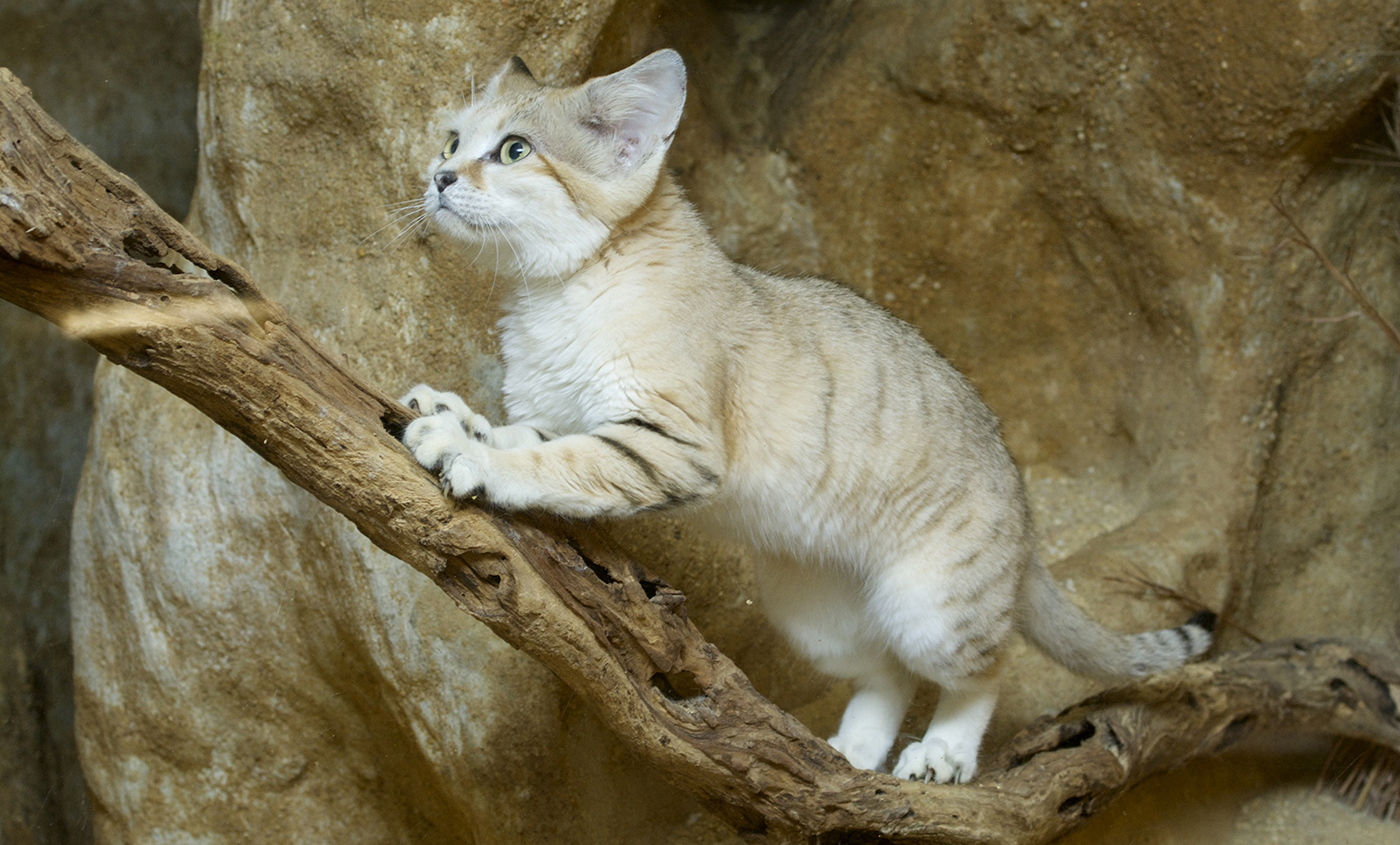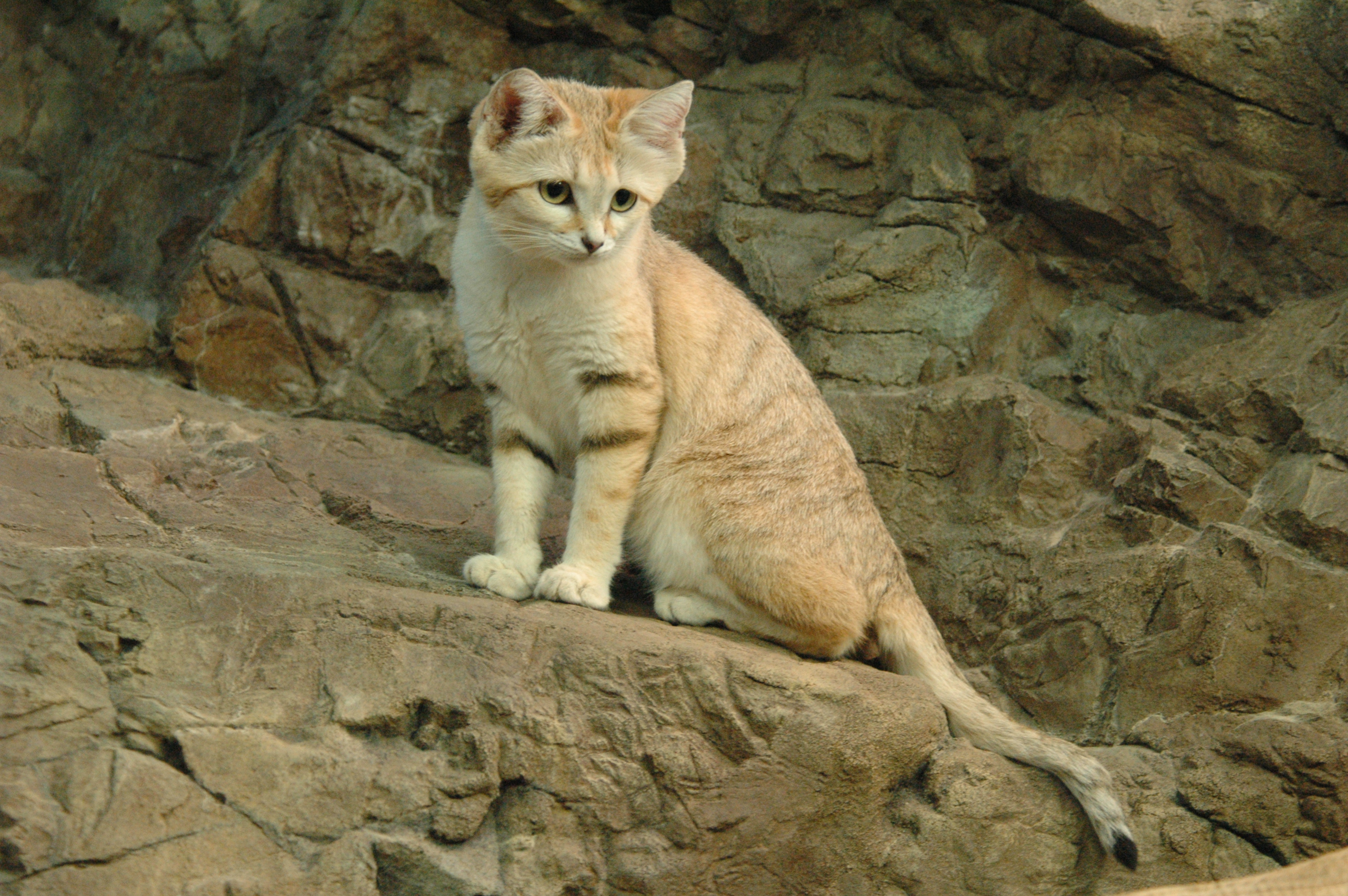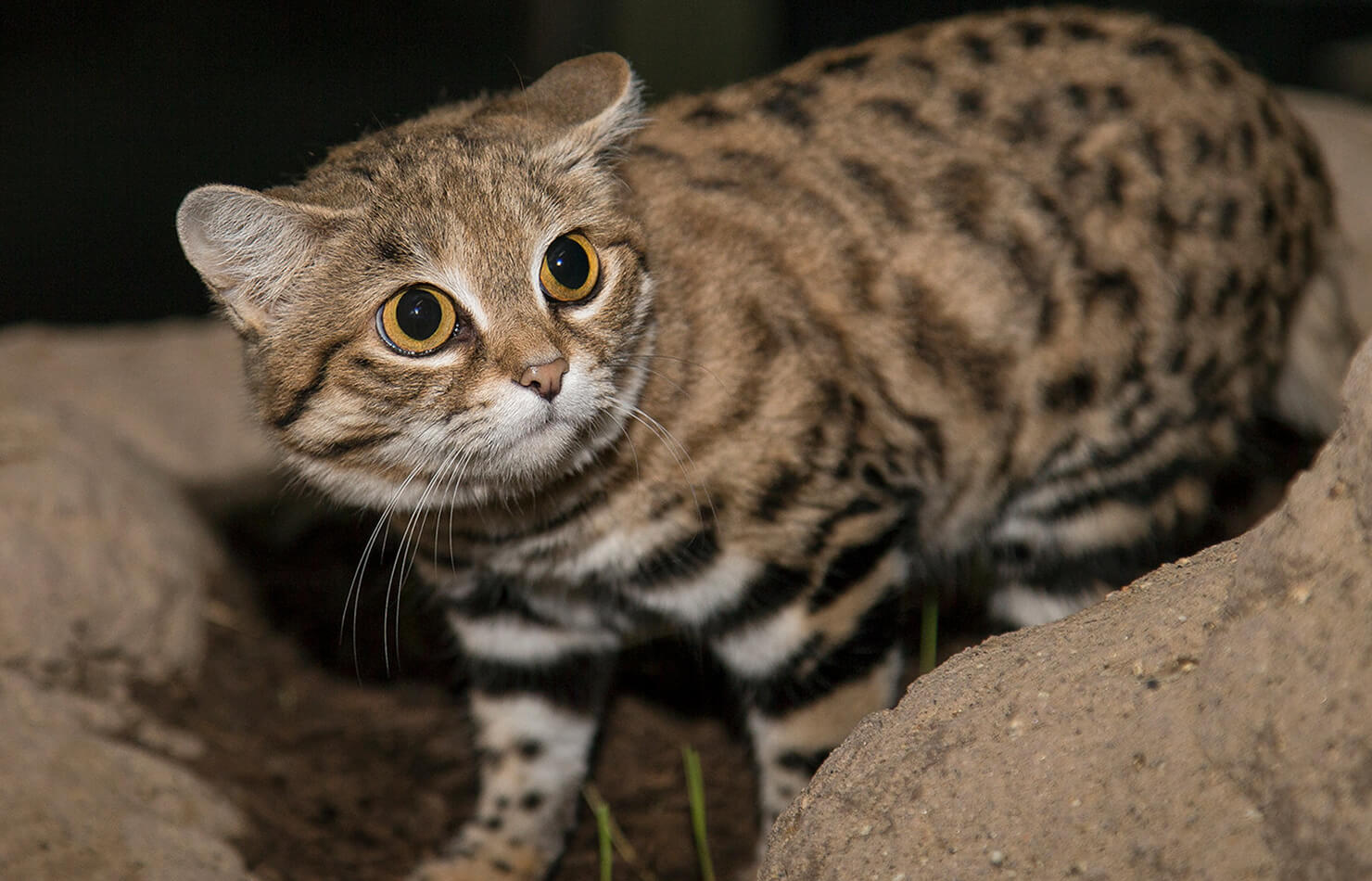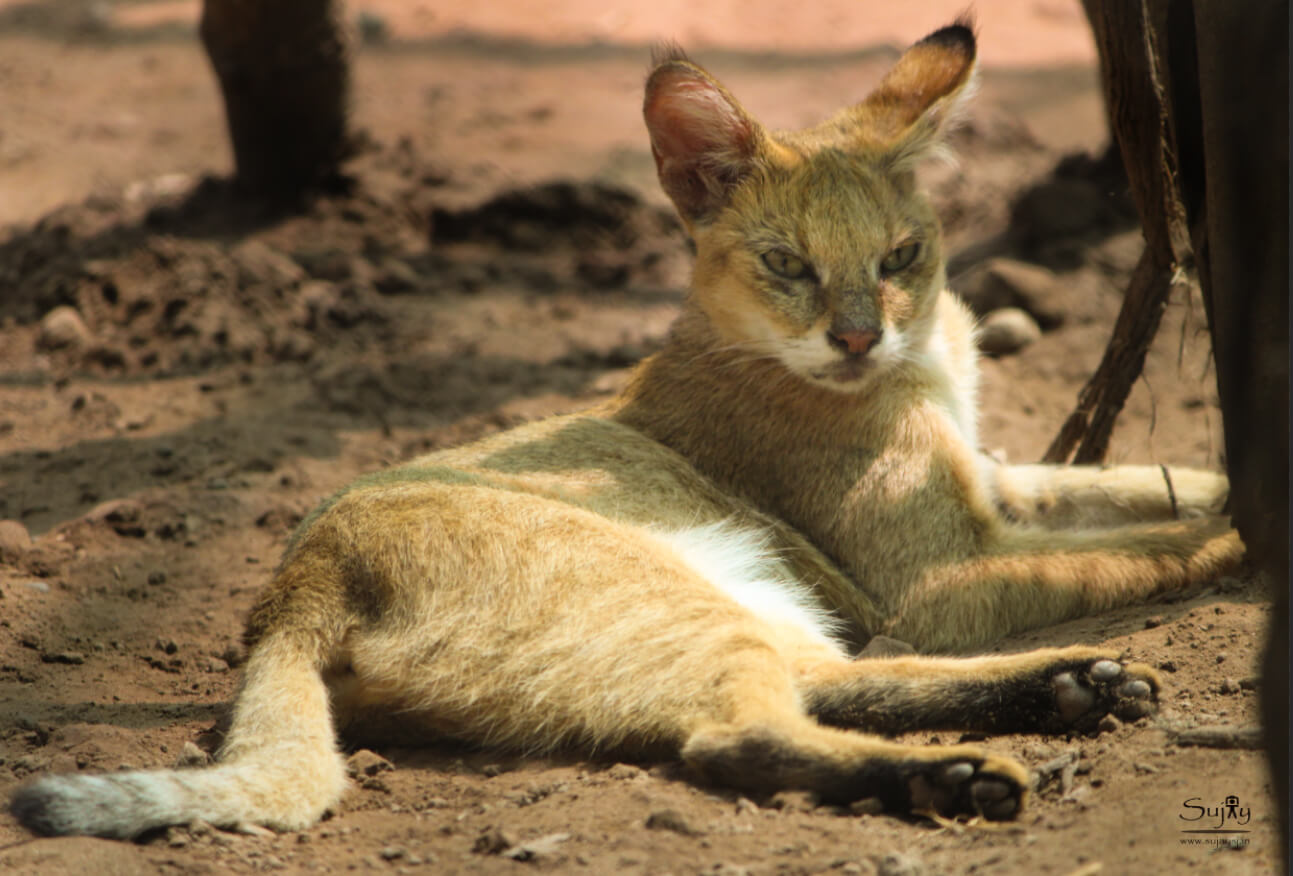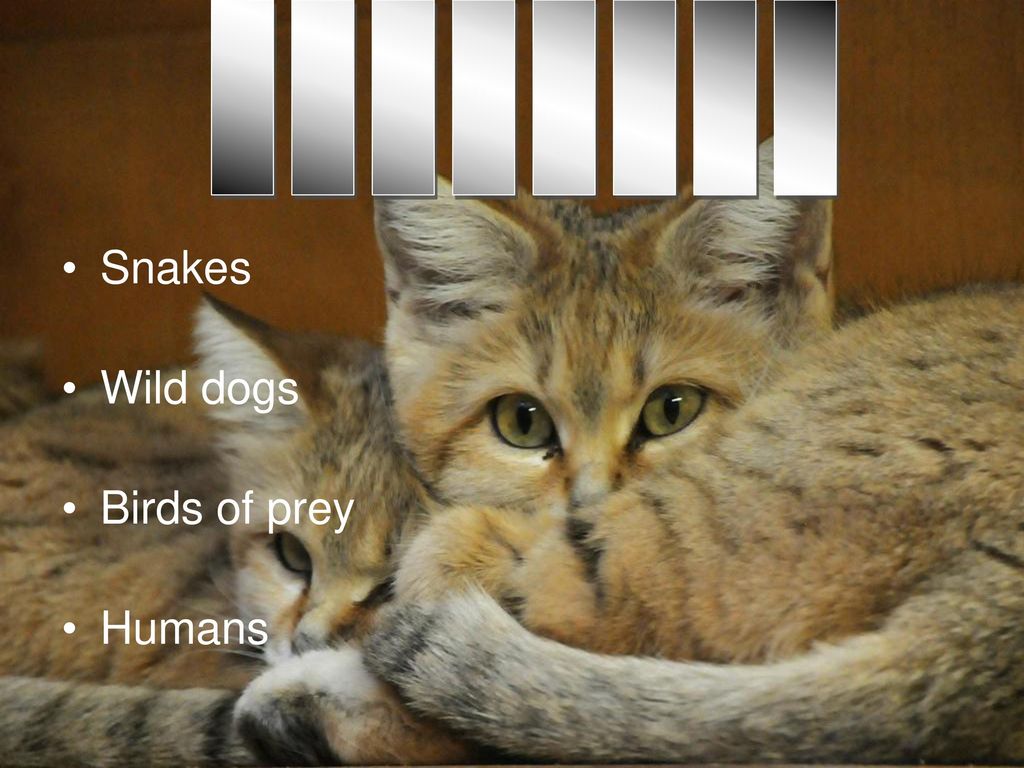Sand Cats Habitat Description

Powered by Create your own unique website with customizable templates.
Sand cats habitat description. With its sandy to light grey fur it is well camouflaged in a desert environment. Number of sand cats decreased drastically in the past couple of decades due to habitat loss poaching recreational hunt and introduction of new species which compete for the prey and spread diseases. They become the prey of lizards small birds insects and snakes.
Sand cats are prolific diggers an adaptation not only for hunting rodents but for constructing or improving upon the. Sand cats live in temperatures that sometimes rise to more than 40C 104F. Its 57 cm short ears are set low on the sides of the head aiding detection of prey moving.
Height Dense soft fur that is pale sandgray above and paler underneath. They played an essential part in their local areas as they kept the population of rodents and vermin under control. They prefer flat or undulating terrain with sparse vegetation retreating into burrows during extreme conditions to.
Sand Cats are found in both sandy and stony desert. The sand cat also known as the sand dune cat is a small wild cat that inhabits sandy and stony deserts far from water sources. Its head-and-body length ranges from 3952 cm with a 2331 cm long tail.
Members of this species are psammophillic sand dwelling occurring in very arid dry habitats such as deserts. Habitats Sand cats lived in small caves or burrows in deserts or steppes. They manage to find food there where it is in principle very little.
In Turkmenistan the sand cat was described as most abundant amongst extensive stabilized sand dunes and heavier clay soil habitats. Also found in rocky valleys with shrubs and trees. And allactaga tetradactyla and hamsters but also often takes sand grouse pterocles sp larks eg.


